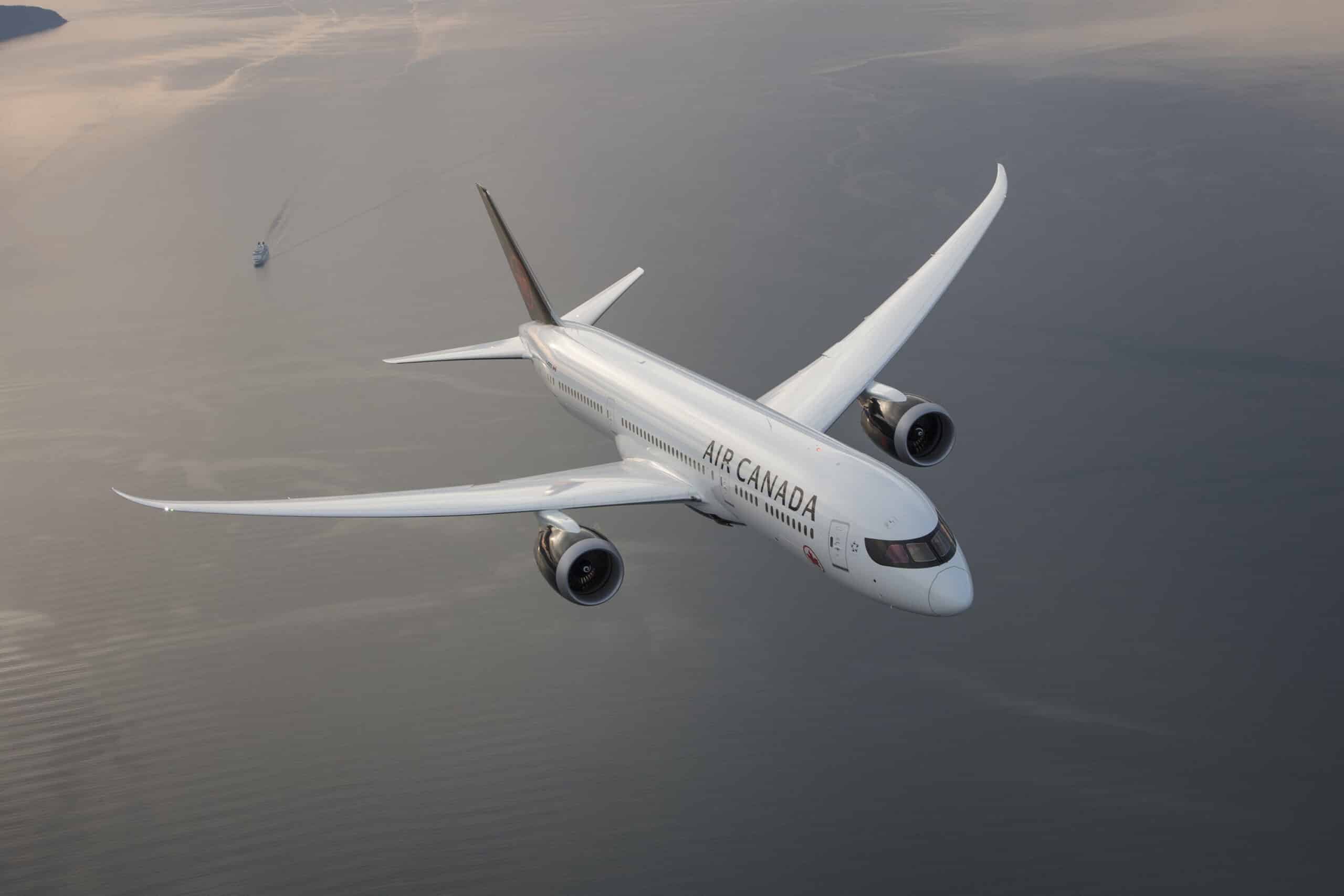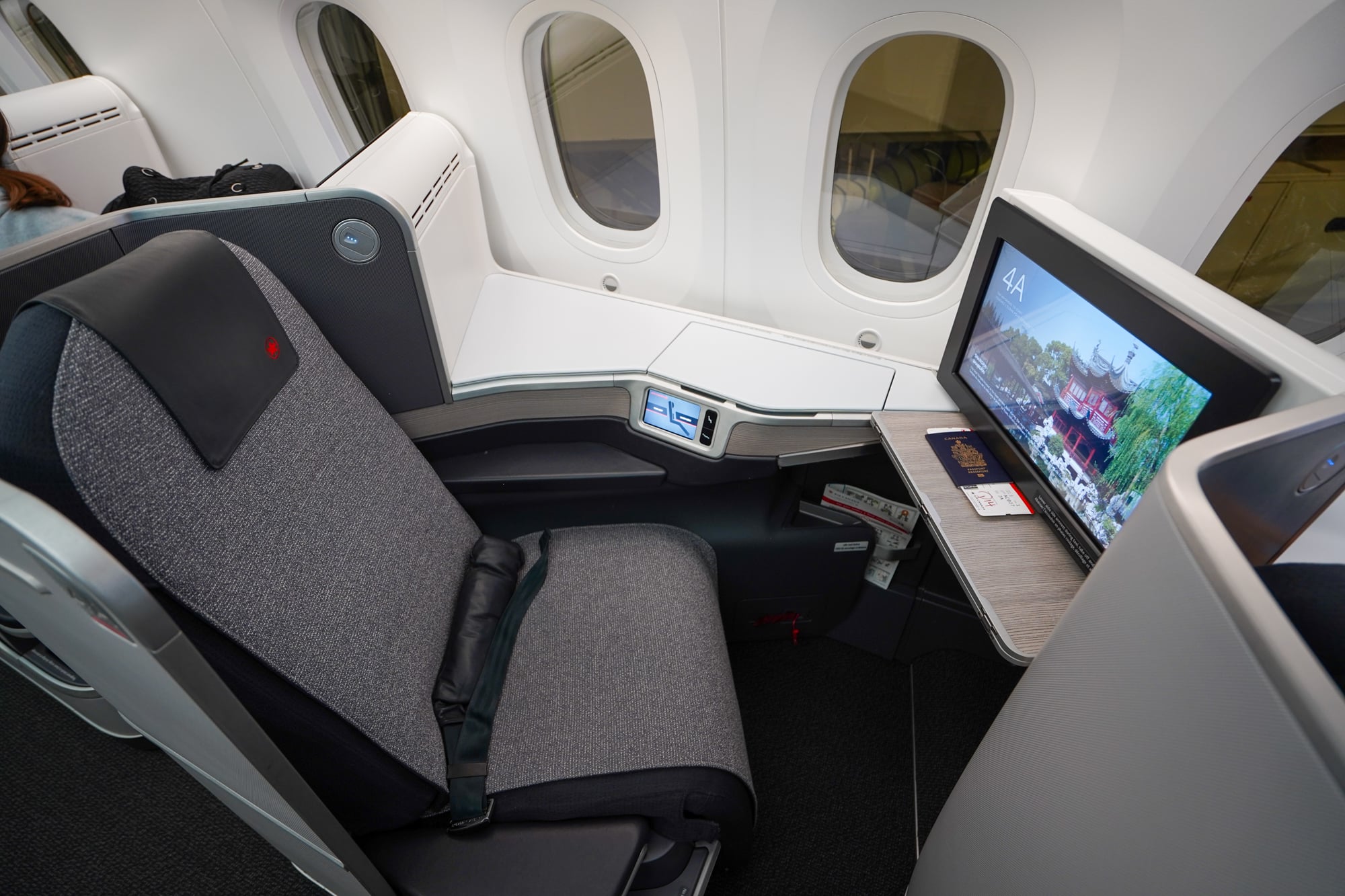Air Canada has just announced plans to acquire 26 Airbus A321XLR aircraft, the latest variant of the already popular A321neo family of new-generation medium-range aircraft.
Air Canada Will Acquire Airbus A321XLRs
Air Canada will lease 15 Airbus A321XLR, while the remaining 11 aircraft will be part of a purchase agreement, including six initial purchases.
The Airbus A321XLR as a whole is scheduled to enter service in 2023, with flight testing expected to begin this year. Meanwhile, Air Canada is expected to take delivery its the first A321XLRs in early 2024, and the last aircraft will complete deliveries in early 2027.
Furthermore, the airline will finalize purchasing rights to an additional 14 A321XLR aircraft between 2027 and 2030 as part of the overall agreement with Airbus.
This long-bodied aircraft will serve North American and transatlantic markets as part of Air Canada’s continued fleet modernization initiatives. The new plane has a range of approximately 8,700 kilometres and a flight time of up to 11 hours, making it the longest-range narrow-body aircraft thus far.
(For comparison, the currently operating A321LR variant ranges just under 7,500 kilometres, while the Boeing 737 MAX 8 can serve up to 6,570 kilometres in range.)
The new A321XLR is also more fuel-efficient than previous models, with a 17% lower fuel burn, helping Air Canada meet environmental commitments to achieve net carbon neutrality by 2050.
Furthermore, the newer-generation aircraft will feature Airbus’s signature Airspace cabin interiors, generous overhead storage bins, next-generation seat back entertainment, and in-flight Wi-Fi access.
In terms of the onboard capacity, it’s been confirmed that Air Canada’s Airbus A321XLR will accommodate 182 passengers, across 14 business class seats and 168 economy class seats.
My Thoughts on Air Canada’s Airbus A321XLR Order
It’s great to see Air Canada continuing to renew their fleet and embracing the “long and thin” route networks and aircraft utilization models of the future. Investment in the A321XLR is especially promising, as the aircraft can serve a longer range and a wider set of destinations compared to the existing new-generation Boeing 737 MAX narrowbodies.
I’m also encouraged to see that Air Canada will install a more premium-heavy configuration on the Airbus A321XLRs compared to the Boeing 737 MAXs, which currently only feature recliner seats despite flight times often reaching six hours or more.
We don’t yet know what exact business class seat type Air Canada will be using on the A321neo.
Several other global airlines (JetBlue, Aer Lingus, TAP Air Portugal, and SAS) have been using a staggered 2-2 and 1-1 configuration with throne seats in alternating rows, but this doesn’t align with Air Canada’s stated total of 14 business class seats.
Therefore, I wouldn’t be surprised if a different seat type was used – perhaps a “lite” version of the reverse herringbone pod-style business class seats similar to what’s currently on the Boeing 777s, Boeing 787s, and Airbus A330s, in a 1-1 configuration across seven rows.
Either way, I’m curious if the business class product will continue to be branded “Signature Class” like the widebody business class products.
I find it more likely that the premium designation will indeed carry through to international A321XLR routes as well, with the Signature Class soft services fully extended to passengers despite the smaller aircraft.
In terms of potential routes, the A321LXRs could be useful towards restoring previous routes like St. John’s–London or Halifax–London, offering a superior lie-flat service on these flights compared to the older-generation fleet.
(Anyone remember flying an Air Canada A319 across the pond in the old days? I flew London–St. John’s back in 2015, and as much as I enjoyed the novelty factor, the rickety seats on the A319 were certainly on their last legs.)
The A321XLR could also serve smaller European markets out of Toronto or Montreal, as well as routes like Toronto–Reykjavik or Mexico City–Vancouver, which currently only use a Boeing 737 MAX with recliner seats, despite considerable flight times of around six hours or more.
Conclusion
Air Canada has officially ordered 26 new Airbus A321XLR aircraft, to be delivered in 2024 and beyond. The acquisition of the A321XLR makes sense given the plane’s additional range capabilities, and confirms longstanding suspicions of Air Canada’s interest in the A321neo back when the airline had cancelled 11 additional orders of the Boeing 737 MAX in March 2020.
The Airbus A321XLR will create additional options for Air Canada’s long-haul services while meeting environmental commitments set out by the company. I look forward to experiencing the premium product onboard Air Canada’s new narrowbody jets when they debut in a few years’ time.
















